Keep Your Pets Safe & Warm
Did you know over 3 million pets face health issues every year in the U.S. due to winter? The cold, snow, and ice can be dangerous for our pets. It’s up to us to keep them safe and warm during winter. This guide will help you keep your pets healthy and happy all season long.
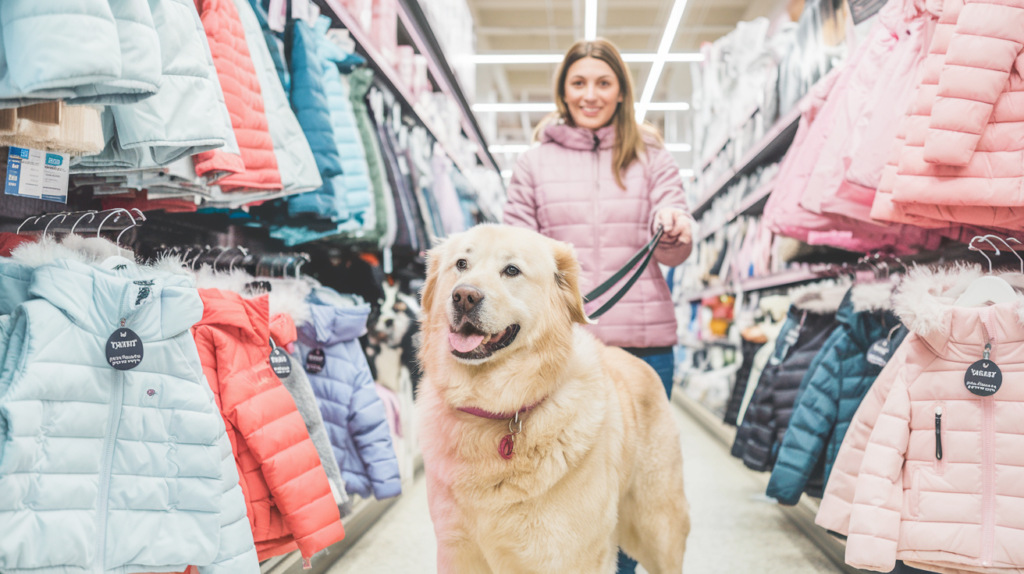
Key Takeaways
- Understand the common winter health risks for pets, such as hypothermia and frostbite.
- Ensure your home’s indoor temperature meets the ideal requirements for your pet’s comfort and safety.
- Invest in the right winter gear, including coats, boots, and accessories, to protect your pet from the elements.
- Properly groom and maintain your pet’s coat to prevent skin issues and keep them warm.
- Adjust your pet’s diet and exercise routine to accommodate their increased energy needs during the winter.
Some blog articles may contain affiliate links to products or services for which we may receive a commission on transactions. Some of the content on this blog site may be assisted by A.I. generators.
Thank you for visiting our blog!
Understanding Winter Risks for Pets
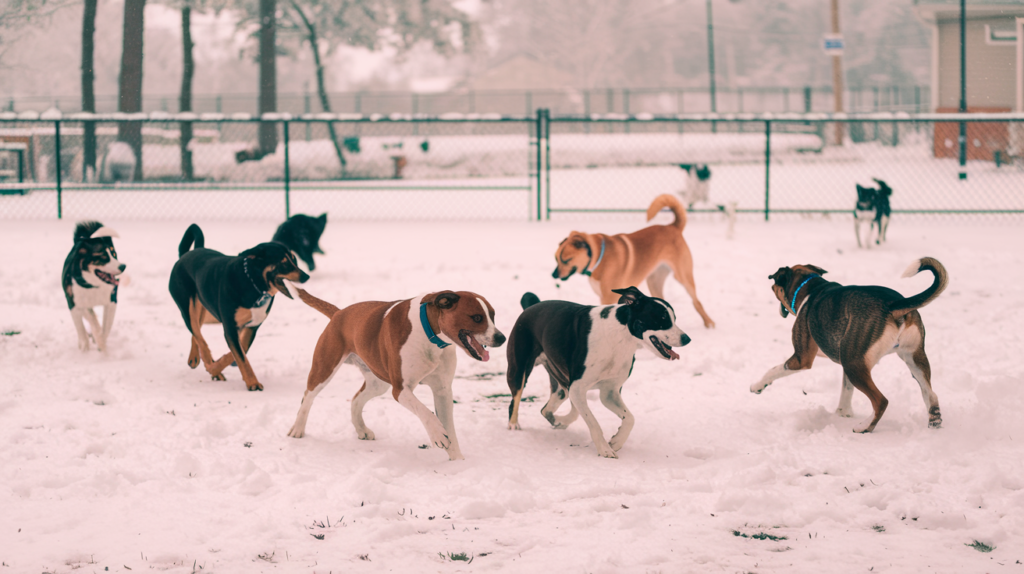
When it gets colder, pet owners need to watch out for health risks. Issues like hypothermia and frostbite can be serious. Keeping pets safe and healthy in winter requires action.
Common Cold Weather Health Issues
Pets can get sick from the cold, like dry skin and chapped paws. They’re also more likely to get respiratory infections. Cold weather and wind can make these problems worse.
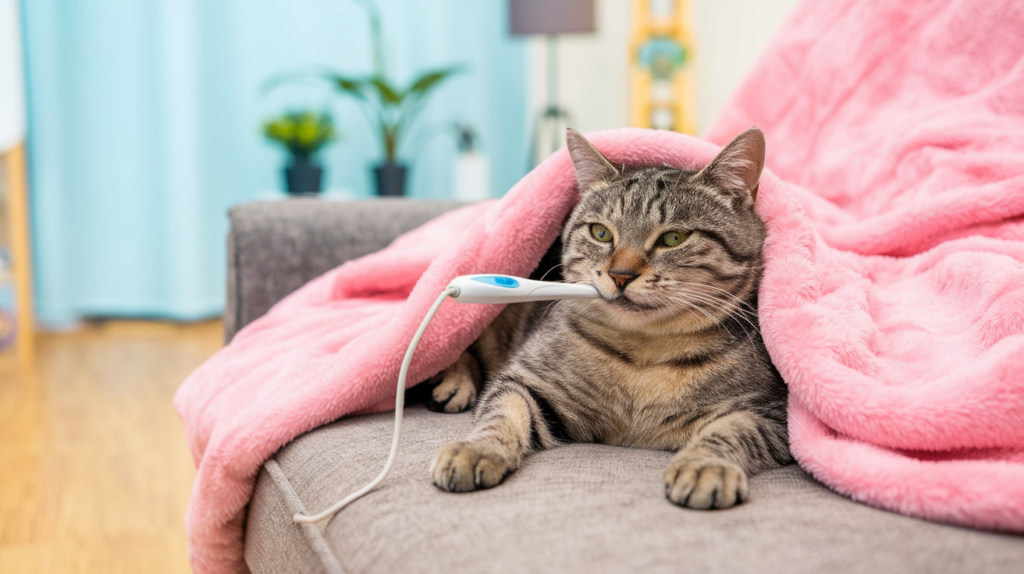
Signs of Hypothermia in Pets
Hypothermia is a big risk for pets in winter. It happens when their body temperature gets too low. Signs include shivering, feeling tired, and acting confused.
Frostbite Warning Signs
Frostbite is another cold weather problem for pets. It affects areas like ears, paws, and tail. Look for redness, swelling, and pain as early signs.
Knowing about these issues and their signs helps protect pets in winter. By being careful and providing the right care, pets can stay healthy and happy all winter.
Indoor Temperature Requirements for Pets During Winter
Keeping your pets warm indoors is key in winter. A cozy, controlled temperature is vital for their health.
The best indoor temperature for pets is 68°F to 72°F. This range keeps them safe and comfy, whether they’re dogs, cats, or small animals.
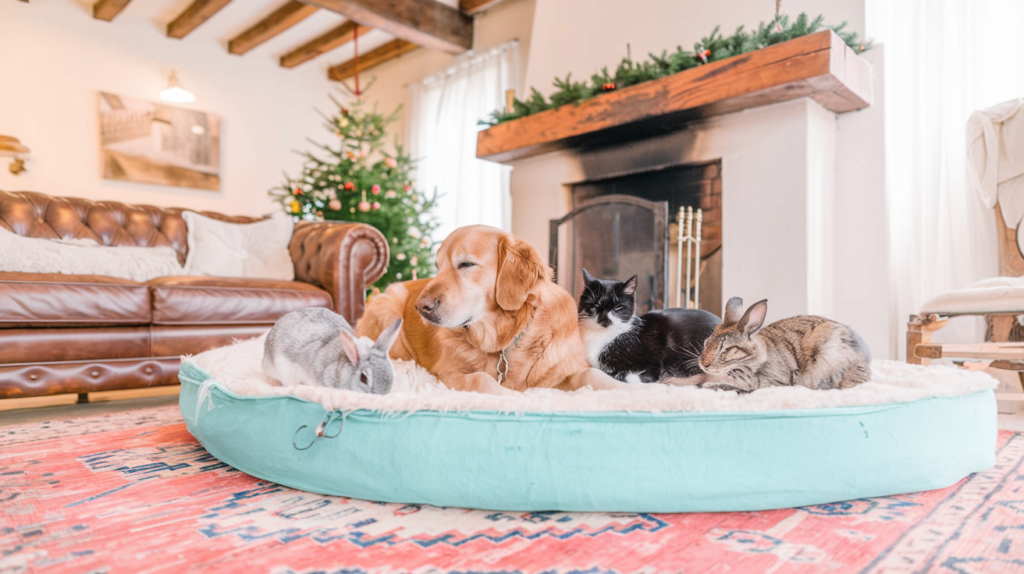
| Pet Type | Recommended Indoor Temperature Range |
|---|---|
| Dogs | 68°F (20°C) to 72°F (22°C) |
| Cats | 68°F (20°C) to 72°F (22°C) |
| Small Rodents (Hamsters, Guinea Pigs, etc.) | 65°F (18°C) to 75°F (24°C) |
| Birds | 65°F (18°C) to 80°F (27°C) |
Use safe heating options for pets, like heated beds, blankets, or indoor pet space heaters. Stay away from regular space heaters or fireplaces, as they’re risky.
Right indoor temperature is more than comfort. It keeps pets safe from hypothermia and frostbite. Follow these winter dog care essentials and winter cat care tips to keep them warm and safe.

Winter Pet Clothing and Protection Essentials
As winter comes, it’s key to dress your pets right. They need warm coats and booties to stay safe. The right clothes and accessories keep them cozy and safe in cold weather.
Choosing the Right Winter Gear
Choosing winter clothes for pets depends on their size, breed, and needs. Short-haired, smaller breeds, or pets with thin coats may need thicker coats. Larger, long-haired pets might do better with lighter clothes to avoid getting too hot. Look for clothes made from weather-resistant materials. They help keep your pet warm and dry.
Proper Fitting Guidelines
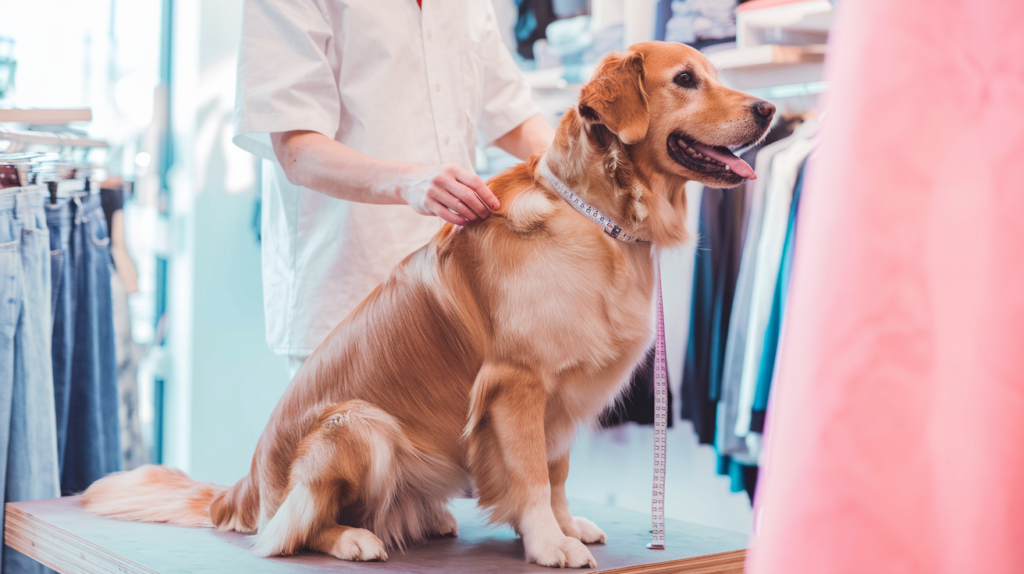
- Measure your pet’s neck, chest, and back for a good fit.
- Choose clothes with adjustable parts like velcro or elastic for a better fit.
- Make sure clothes aren’t too tight. It can hurt your pet’s movement or blood flow.
Must-Have Winter Accessories
Don’t forget these winter must-haves for your pet:
- Booties to protect paws from ice, snow, and salt
- Reflective gear for better visibility in the dark
- Sweaters or jumpers for extra warmth
- Waterproof outerwear to keep your pet dry
Dressing your pets in the right winter pet clothing and accessories keeps them safe and warm. Look for the best pet care products for winter to keep your pets happy and healthy all year.
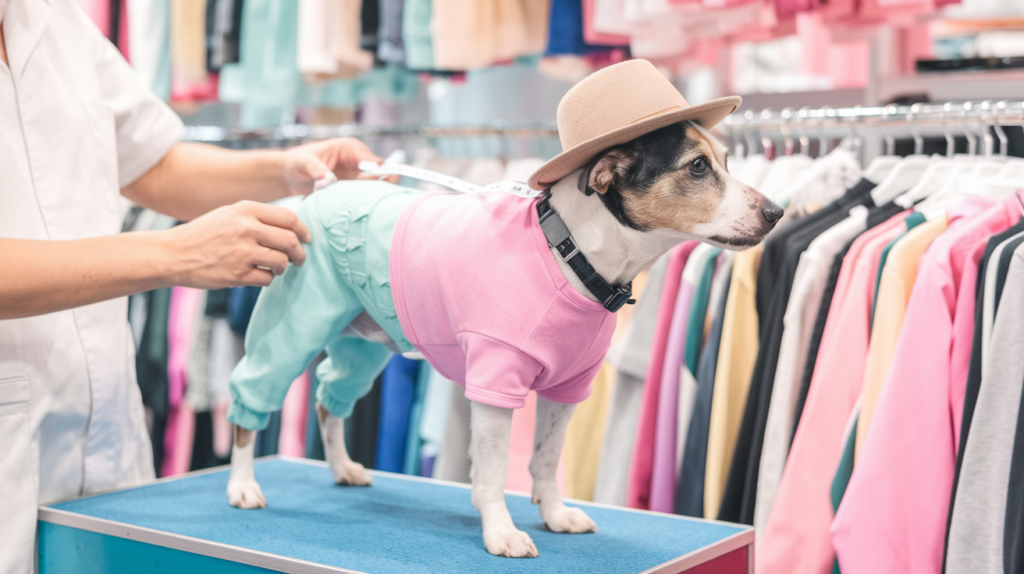
Protecting Paws from Ice and Snow
As winter comes, pet owners must watch out for their pets’ paws. Ice, salt, and chemicals can harm them. But, with the right pet care checklist and steps, you can keep your pet’s paws safe.
Paw Protection Essentials
- Pet-safe ice melts: Choose products that are safe for pets.
- Paw balms and waxes: These protect your pet’s paws from the cold.
- Paw booties: Good-quality booties keep paws safe from ice and snow.
Post-Walk Paw Care
After walks, clean and check your pet’s paws. Use a warm, damp cloth to remove ice and chemicals. Apply a safe paw balm to keep their skin moist. Trimming fur between toes helps too.
Recognizing Paw Discomfort
Watch for signs of paw trouble, like limping or redness. If you see these tips to protect pets from the cold, act fast to help your pet.
| Paw Protection Tip | Benefits |
|---|---|
| Use pet-safe ice melts | Prevents paw irritation and damage |
| Apply paw balms and waxes | Creates a protective barrier on paws |
| Invest in paw booties | Shields paws from harsh conditions |
| Regularly groom and inspect paws | Helps identify and address any issues |
By following these pet care checklist and winter safety for pets tips, you can keep your pet’s paws safe all winter.
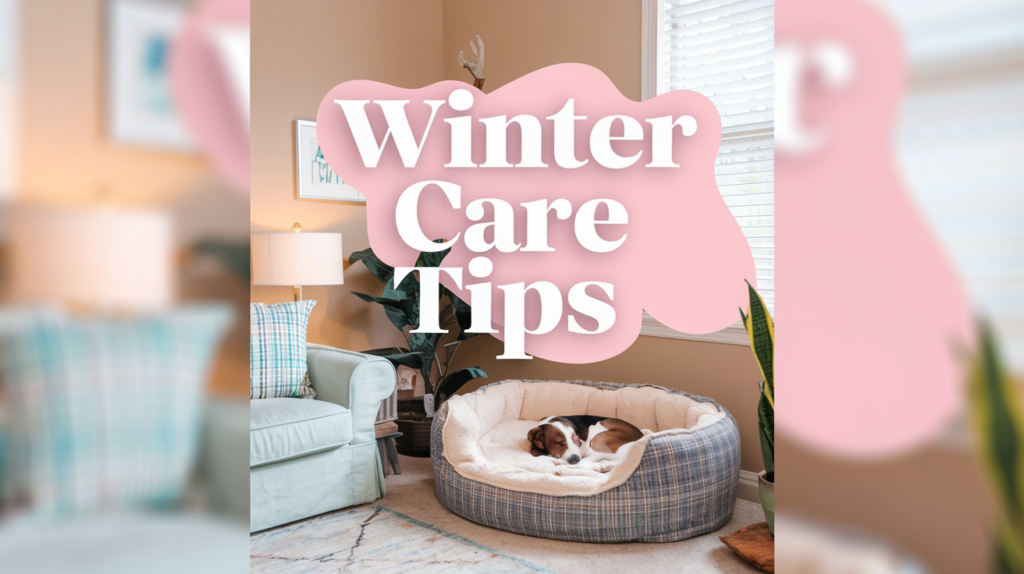
Top Winter Pet Care Tips for Keeping Your Pets Warm and Healthy
As winter comes, taking care of our pets is key. We need to keep them warm, healthy, and safe. Here are some top tips for winter pet care:
Daily Winter Care Routine
Having a daily care routine is important. It helps keep your pet comfortable and healthy in the cold. This includes:
- Providing a warm, cozy resting area with plenty of soft bedding
- Regularly checking for signs of hypothermia or frostbite
- Ensuring your pet has access to fresh, unfrozen water at all times
- Feeding a diet that meets their increased caloric needs during the winter
- Brushing their coat to remove excess fur and promote healthy circulation
Emergency Preparedness

It’s important to be ready for winter pet emergencies. Keep your pet’s medical records and emergency contact info handy. Also, have essential supplies like extra blankets, towels, and a pet-safe deicing solution on hand.
Winter Exercise Guidelines
It’s good to keep pets active in winter, but adjust their routine. Limit outdoor play and choose indoor activities or short walks. This helps avoid cold and dangerous conditions.
| Tip | Description |
|---|---|
| Dress for Success | Outfit your pet in appropriate winter gear, such as a warm coat, booties, and a cozy sweater, to protect them from the elements. |
| Monitor Time Outdoors | Limit outdoor time and closely watch for signs of discomfort or distress, bringing your pet inside immediately if they seem cold or uncomfortable. |
| Adjust Exercise Intensity | Reduce the duration and intensity of your pet’s exercise routine to prevent exhaustion and overexposure to the cold. |
By following these pet care, winter pet care tips, and cold weather pet care guidelines, you can help ensure your furry friends stay warm, healthy, and happy throughout the winter season.

Winter Diet Adjustments for Pets
As winter comes, we must think about our pets’ food needs. Dogs and cats might need different foods to stay healthy and full of energy. This is important for their well-being during the cold months.
Pets that go outside more in winter need more food. This helps them stay warm and keep their weight up. Foods high in protein and fat are good for them.
It’s also key to keep pets hydrated in winter. The air is drier, making it easier for pets to get dehydrated. Make sure they always have clean, fresh water. You can also add water to their dry food to help them drink more.
Supplementing for Winter Health

Some supplements can help pets in winter. Omega-3 fatty acids keep their coat and skin healthy. Vitamins like C, zinc, and probiotics boost their immune system.
By making these diet changes, you can keep your pet warm and healthy all winter. Talking to your vet can help you know exactly what your pet needs.

“Proper nutrition is essential for pets to thrive during the winter. Pay attention to their increased caloric needs and provide a balanced, nutrient-dense diet to keep them healthy and happy.”
Proper Winter Grooming Practices
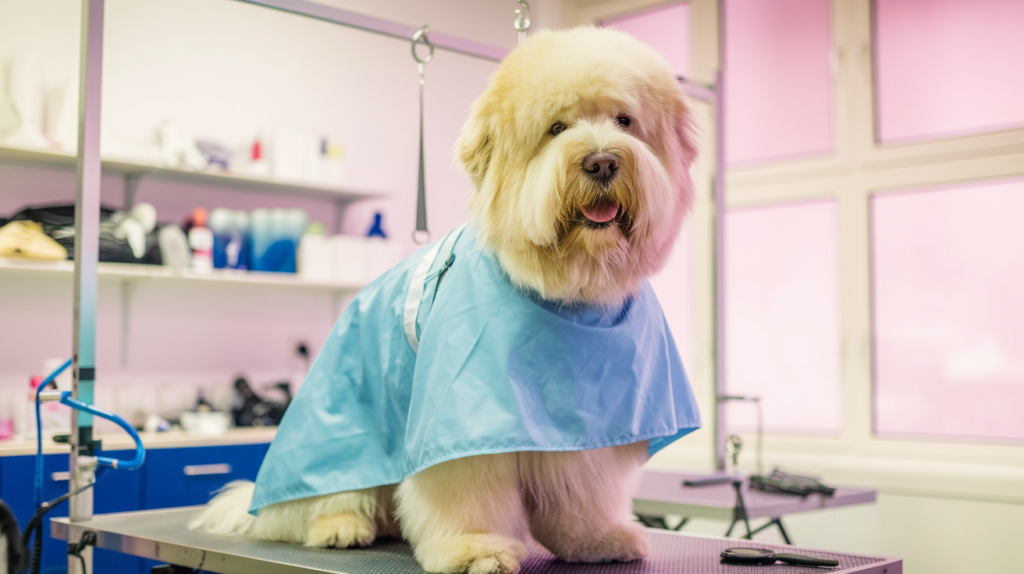
When it gets colder and the air gets drier, pets need extra care. Good winter grooming keeps their coat and skin healthy.
Winter Coat Maintenance
Pets shed more in winter as they get ready for the seasons. Brushing and de-shedding regularly is key. This prevents mats and keeps their coat shiny.
Use a good brush or comb for your pet’s coat type. It helps remove loose hair and spreads natural oils.
Bathing your pet less in winter is better. It keeps their coat’s natural oils. Use a gentle, moisturizing shampoo. Dry them well to avoid skin problems.
Skin Care in Dry Weather
Winter’s dry air can harm your pet’s skin. It can get dry, flaky, and even crack. Use a pet-safe moisturizer after baths to keep skin healthy.
Watch your pet’s paw pads, nose, and ears. These areas get dry and irritated easily. Apply a pet-safe balm or ointment to protect them.
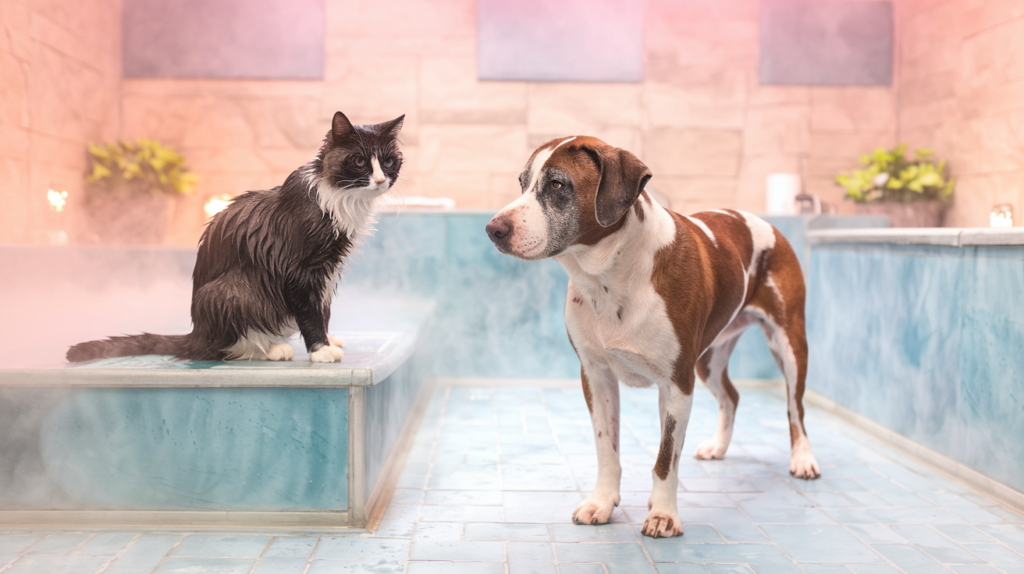
Follow these winter pet care and pet grooming in winter tips. They’ll help your pet stay comfortable, healthy, and looking great all winter.
Creating a Safe Outdoor Environment
As the temperature drops, it’s key to make sure your pet’s outdoor space is safe. Check your fencing or enclosures to see if they’re strong enough for winter. Make sure your pet has a warm place to go, like a dog house or a covered patio.
It’s also important to keep water sources unfrozen. You can use a heated water bowl or add rocks to your pet’s dish to stop it from freezing. Always check on your pet when they’re outside, as they might not handle the cold well.
Always put your pet’s safety first. By following these tips, you can keep your pet happy and healthy during the cold months.
FAQ

What are the common cold weather health issues for pets?
Pets can get hypothermia, frostbite, and other cold illnesses. It’s key for owners to know the signs and prevent these issues.
How can I tell if my pet is experiencing hypothermia or frostbite?
Look for shivering, lethargy, and disorientation in pets with hypothermia. Frostbite signs are pale skin, hard extremities, and pain or swelling. Watch your pet closely and get vet help if needed.
What indoor temperature range is recommended for pets during the winter?
Keep your pet’s home between 65-75°F (18-24°C) in winter. This keeps them warm and comfortable.
What kind of winter gear and accessories should I get for my pet?
Get coats, booties, and other gear for your pet. Make sure it fits well and keeps them warm. Don’t forget paw balms, pet-safe ice melts, and reflective gear.
How can I protect my pet’s paws from ice and snow?
Use pet-safe ice melts and paw balms. Consider booties. Check paws after walks to remove snow and salt.
What should I include in my pet’s daily winter care routine?
Feed, hydrate, and exercise your pet daily. Have an emergency plan and follow winter exercise tips. This keeps them healthy and active.
Do I need to adjust my pet’s diet during the winter?
Yes, pets might need more calories to stay warm. They also need to drink more water. Talk to your vet about diet changes.
How should I groom my pet during the winter?
Keep their coat clean and manage shedding. Use moisturizers for dry skin. Adjust baths and use gentle products.
How can I create a safe outdoor environment for my pet during the winter?
Make sure fencing is secure and provide shelter. Ensure access to water. Watch their outdoor time and bring them in when it’s too cold.
Some blog articles may contain affiliate links to products or services for which we may receive a commission on transactions. Some of the content on this blog site may be assisted by A.I. generators.
Thank you for visiting our blog!
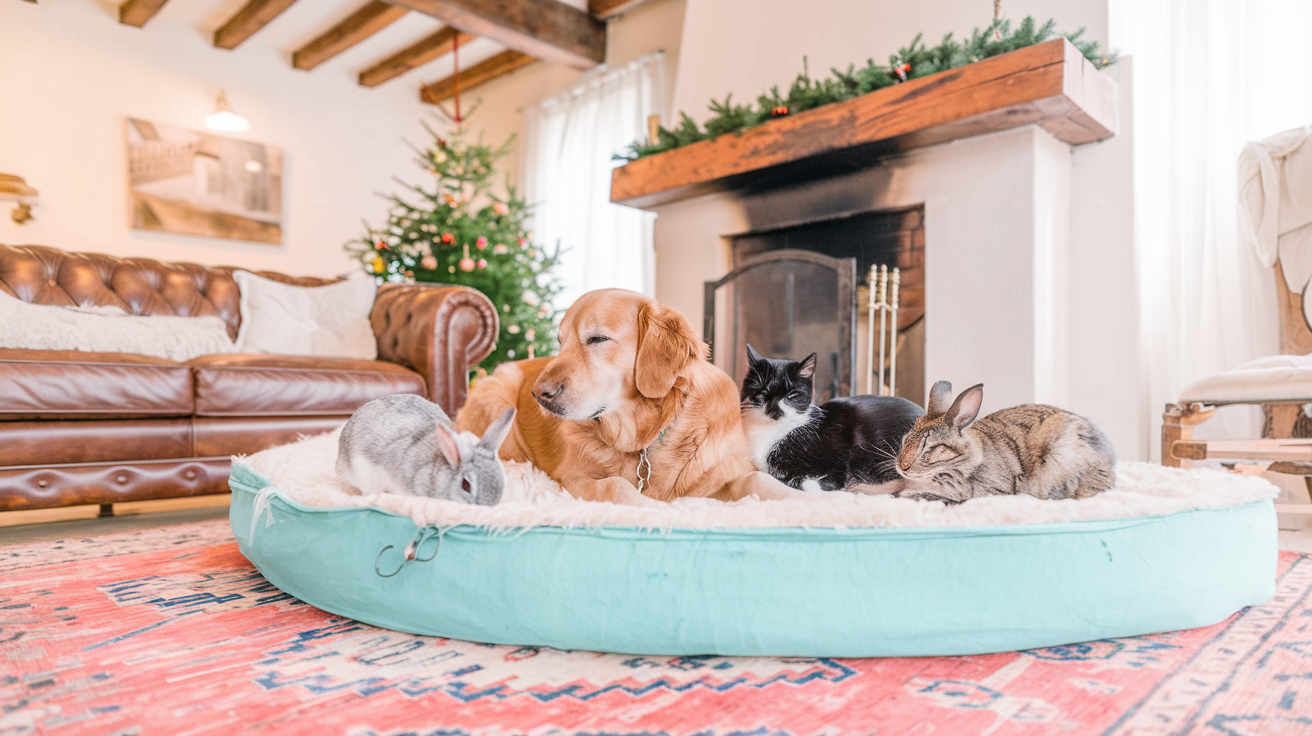
Join the discussion One Comment